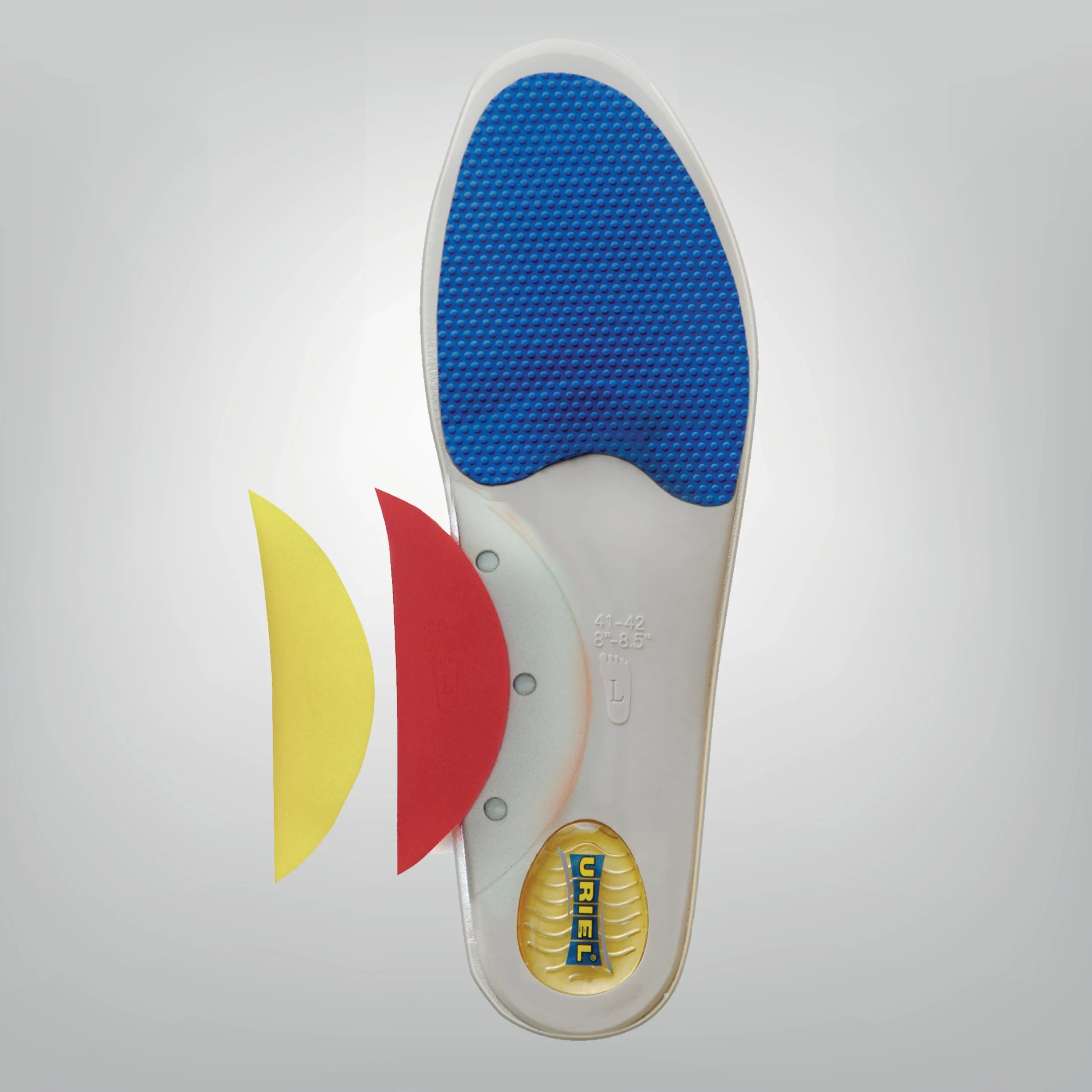
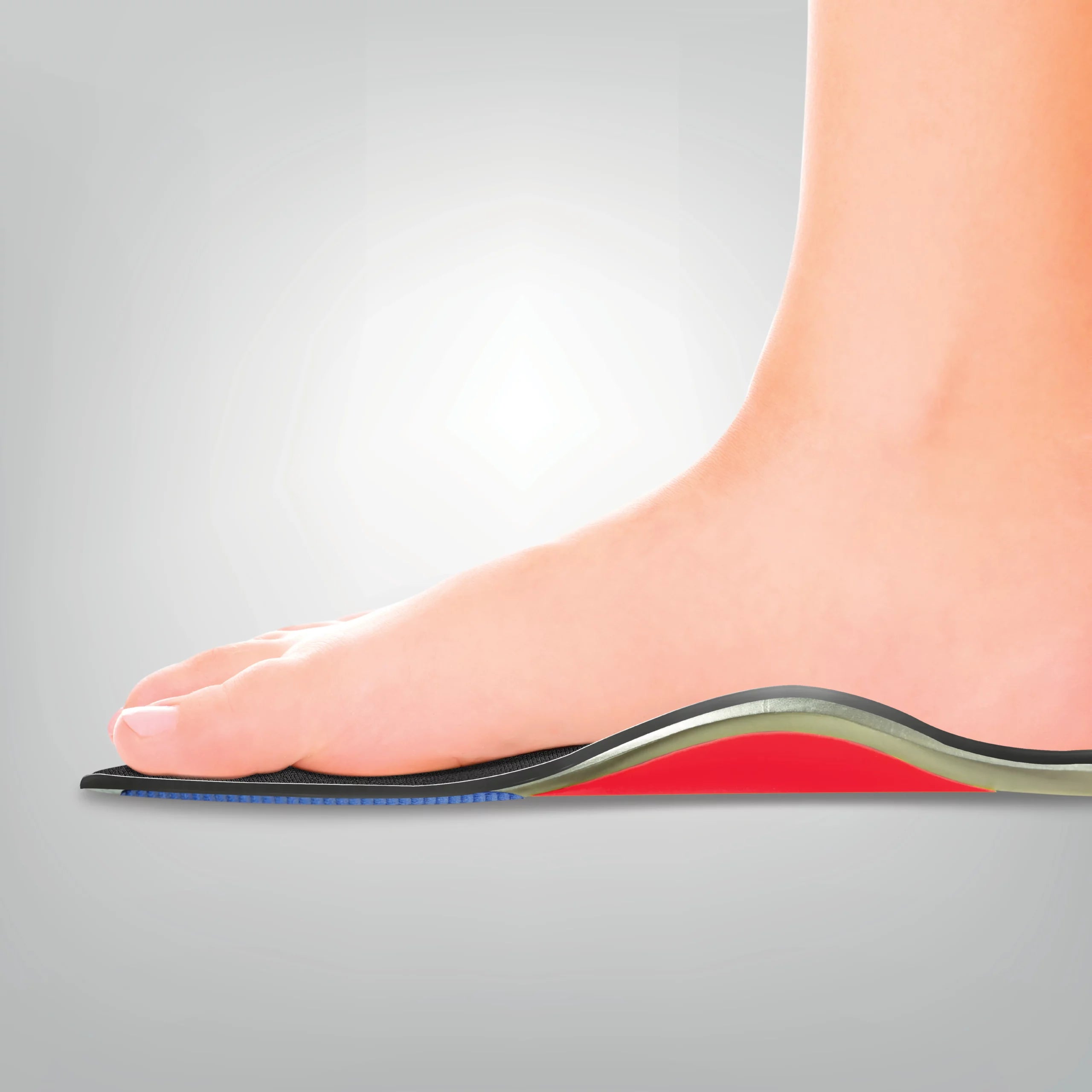
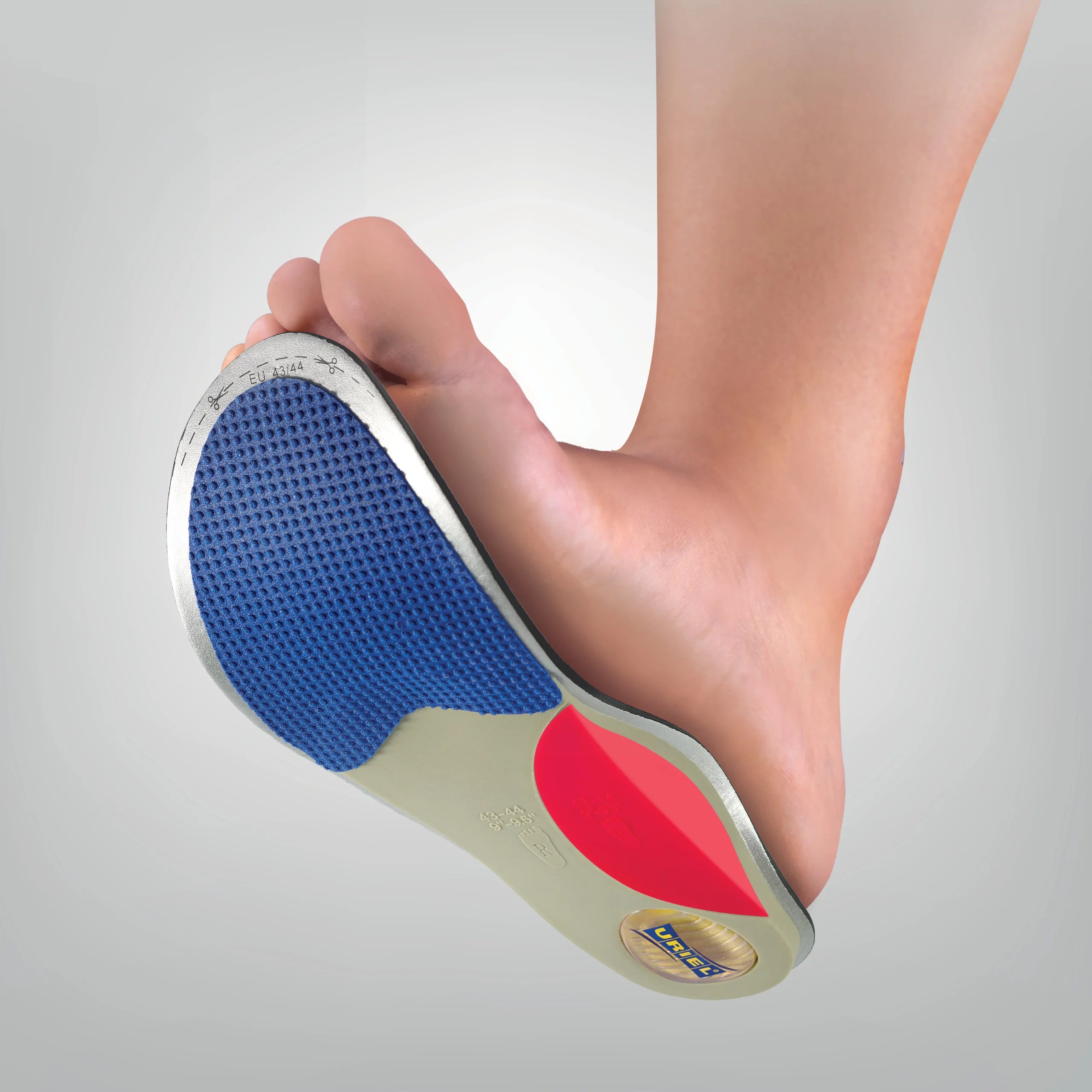
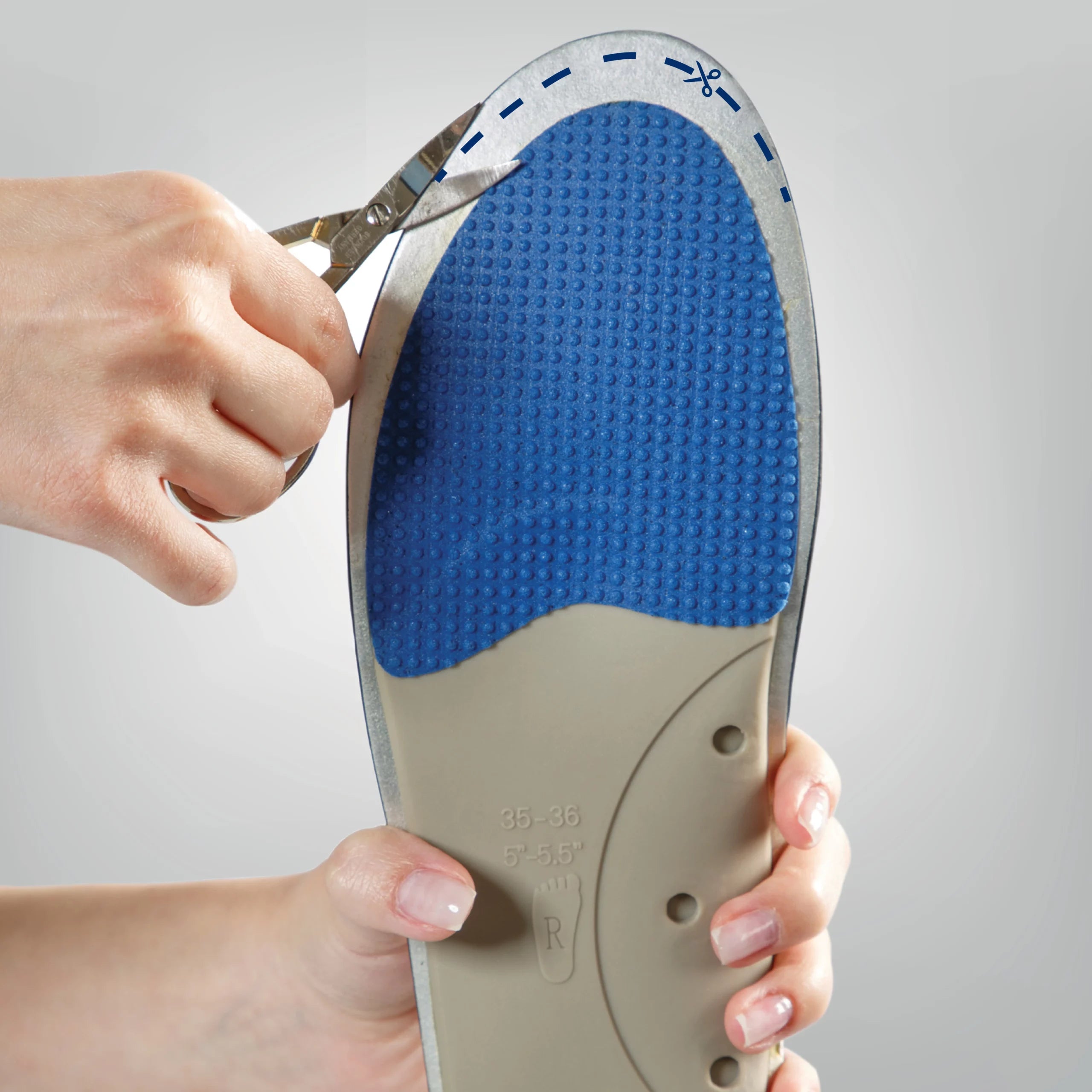
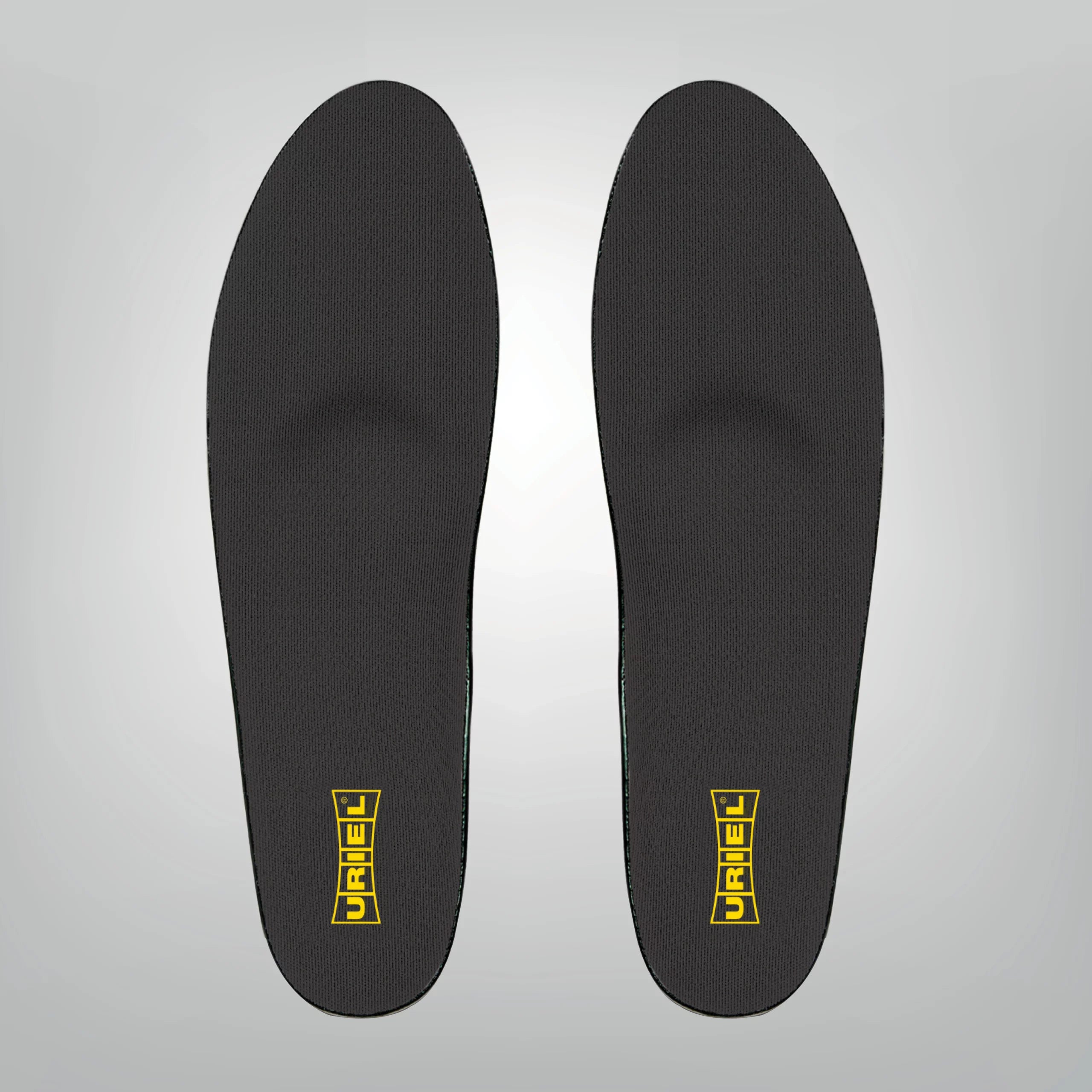
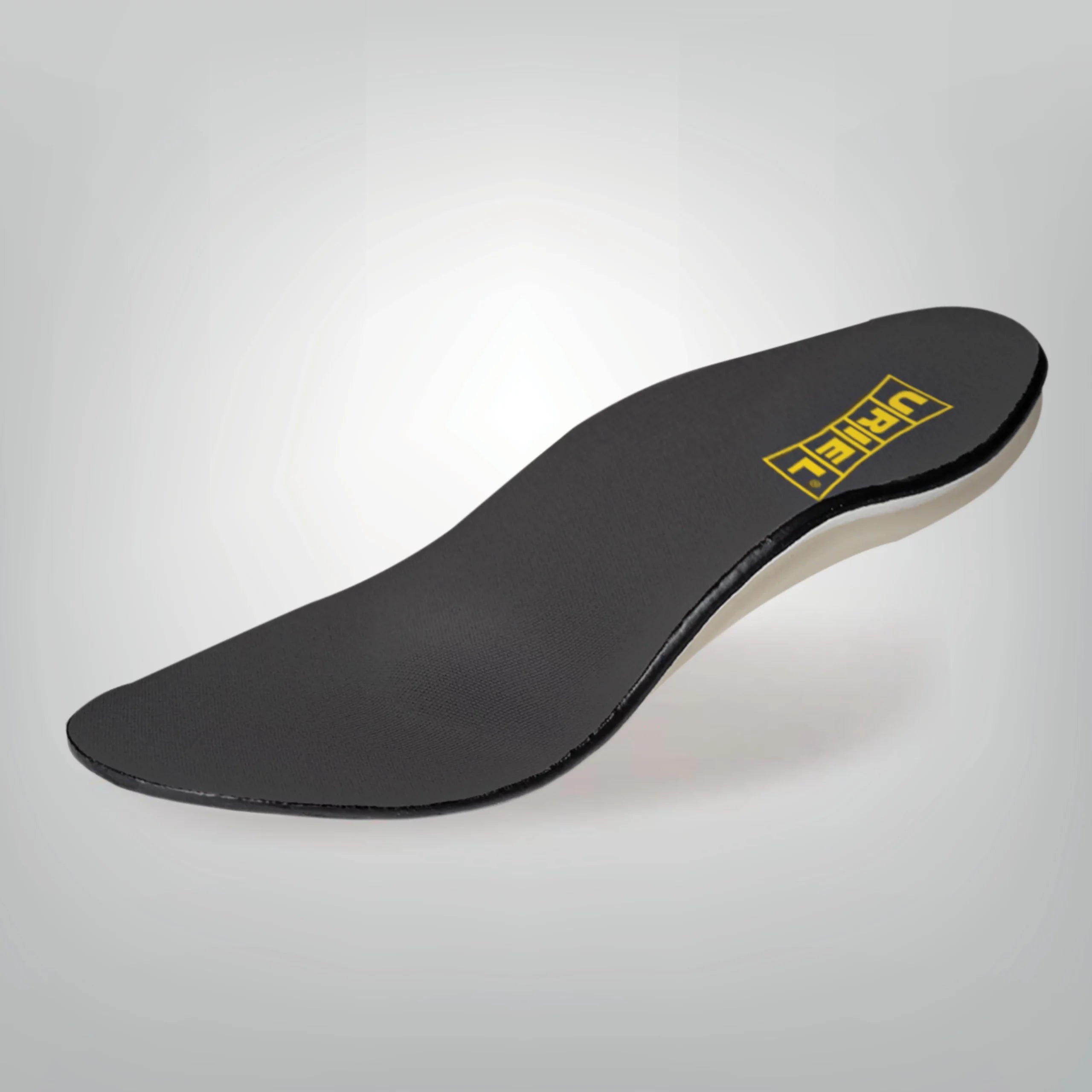
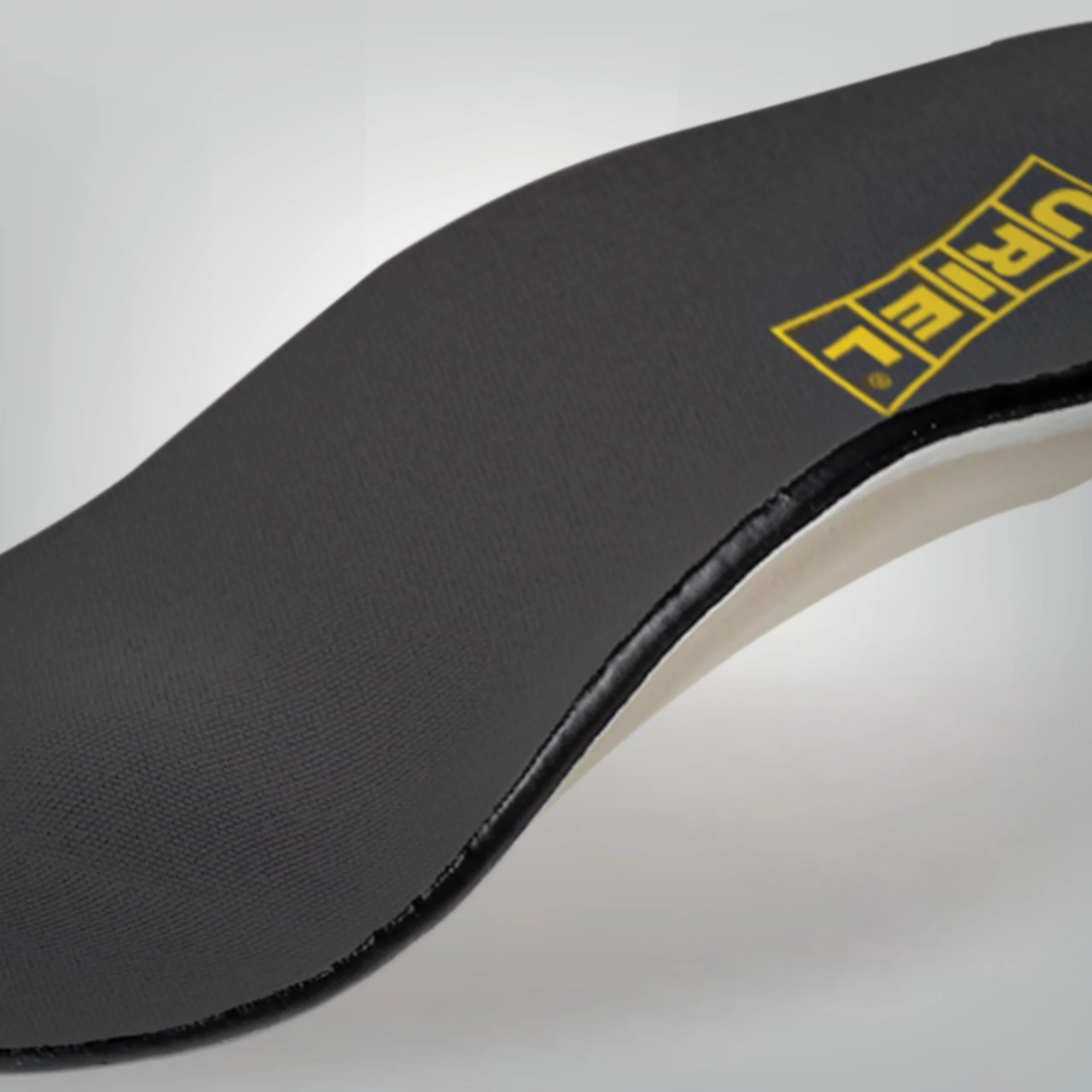
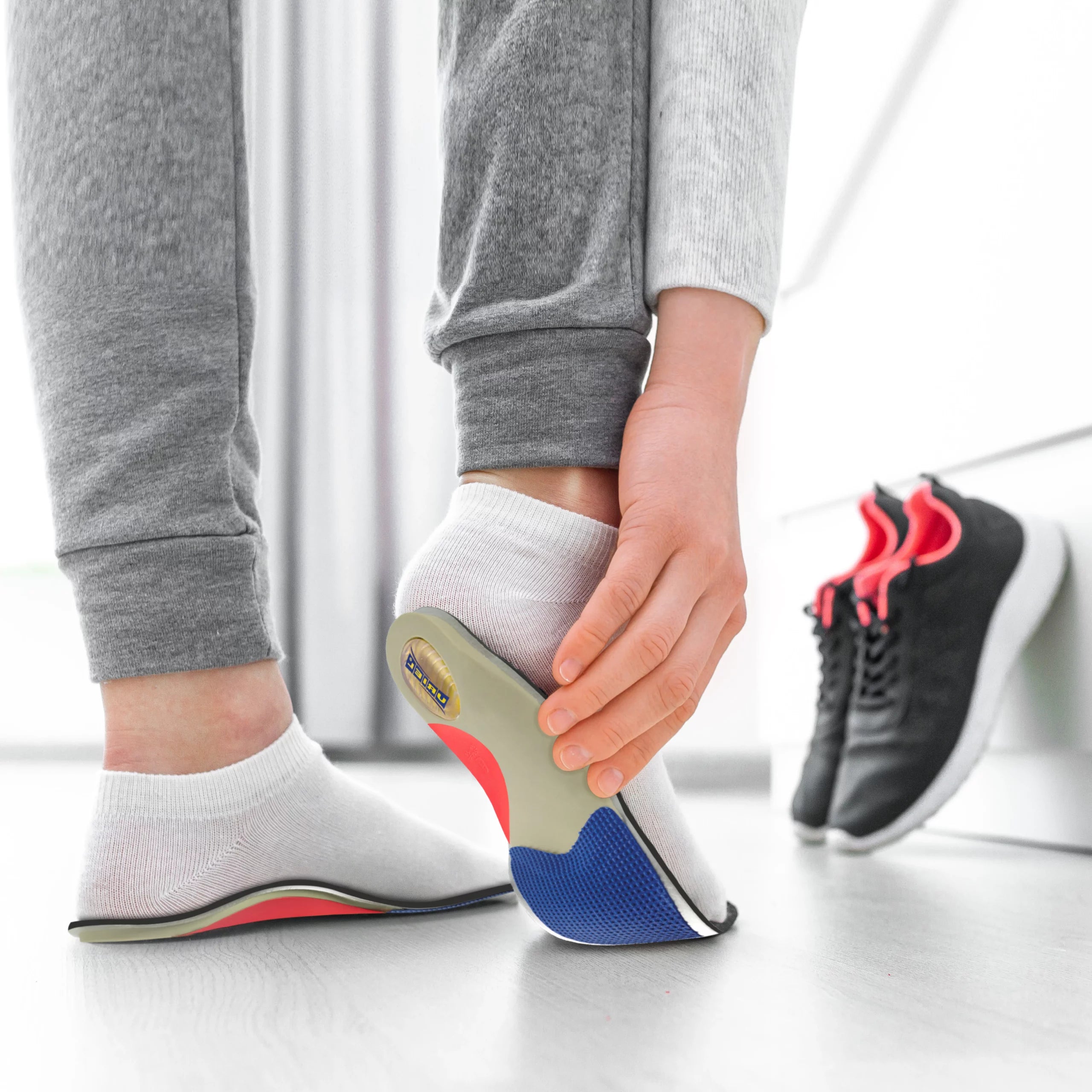
Adjustable insoles | 305
Adjustable insoles customized to fit the foot
Custom-made adjustable insoles with three height options for the plantar arch of the foot. The insoles are adjustable by the attached inserts and can be adapted according to the structure of the foot, high arch, flat arch or normal arch, without the need for the help of a professional.
Medical indications:
Pain in the feet
Ankle pronation inward
Flat foot
High arch
Durban
Plantar fasciitis
Discomfort in the feet when walking
Tired feet at the end of the day
Metatarsalgia
Poor stability
People who stand on their feet for long hours
Knee pain
Back pain

Dimensions
The insoles come in the following sizes: 35-36 37-38 39-40 41-42 43-44 45-46
Extended description
Product purpose:
Insoles with a raised longitudinal arch of the foot (the plantar arch). Ideal insoles for sports shoes and everyday use. These insoles are flexible and soft cushioning, and are also suitable for the elderly and diabetics.
Planning and design:
The adjustable insoles allow the internal arch to be raised or lowered according to the user's feeling and the structure of the foot by adding the elevations attached to the product, in two different heights made of PVC. The user can choose the height of the arch according to the specific needs of their feet. The upper fabric coating is woven with silver threads that provide an antibacterial effect and neutralize odors.
How do adjustable insoles work?
The function of the longitudinal arch is to act as a shock absorber for the foot. This arch sometimes tends to flatten and lose its height. This condition is called flattening of the plantar arch, and it impairs the shock absorption mechanism. Raising the longitudinal arch of the foot restores the shock absorption mechanism and reduces the load on the tissues between the heel and toes (plantar fascia). Raising the longitudinal arch improves the position of the foot and there is a hypothesis that this position also improves posture in the upper body.
User manual
- Before inserting the insoles, the previous pads must be removed from the shoes.
- The insoles should be cut according to the size of the inner surface of the shoe (you can check the desired size by comparing it to the original insole of the shoe).
- The interior of the shoe must be cleaned and made sure there is no dirt or unwanted internal bumps. Only then should the insoles be inserted into the shoes.
- Initially, the insoles should be inserted without the inserts attached at all, and tried them out by walking and standing for a few minutes.
- Then connect the lower extensions (yellow) and immediately perform the same walking and standing.
- Then, attach the high extensions (red) and immediately perform the same walking and standing motion again.
- Using this test, decide which height is most comfortable for you and return to it.
- There may be a situation of asymmetry between the feet, so each arch will need a different color (height) insert.
- It is recommended to replace the pads approximately every 18 months, depending on the walking distances covered with them and the user's weight.
Our expert advice
The insoles come in the following sizes: 35-36 37-38 39-40 41-42 43-44 45-46
Product purpose:
Insoles with a raised longitudinal arch of the foot (the plantar arch). Ideal insoles for sports shoes and everyday use. These insoles are flexible and soft cushioning, and are also suitable for the elderly and diabetics.
Planning and design:
The adjustable insoles allow the internal arch to be raised or lowered according to the user's feeling and the structure of the foot by adding the elevations attached to the product, in two different heights made of PVC. The user can choose the height of the arch according to the specific needs of their feet. The upper fabric coating is woven with silver threads that provide an antibacterial effect and neutralize odors.
How do adjustable insoles work?
The function of the longitudinal arch is to act as a shock absorber for the foot. This arch sometimes tends to flatten and lose its height. This condition is called flattening of the plantar arch, and it impairs the shock absorption mechanism. Raising the longitudinal arch of the foot restores the shock absorption mechanism and reduces the load on the tissues between the heel and toes (plantar fascia). Raising the longitudinal arch improves the position of the foot and there is a hypothesis that this position also improves posture in the upper body.
- Before inserting the insoles, the previous pads must be removed from the shoes.
- The insoles should be cut according to the size of the inner surface of the shoe (you can check the desired size by comparing it to the original insole of the shoe).
- The interior of the shoe must be cleaned and made sure there is no dirt or unwanted internal bumps. Only then should the insoles be inserted into the shoes.
- Initially, the insoles should be inserted without the inserts attached at all, and tried them out by walking and standing for a few minutes.
- Then connect the lower extensions (yellow) and immediately perform the same walking and standing.
- Then, attach the high extensions (red) and immediately perform the same walking and standing motion again.
- Using this test, decide which height is most comfortable for you and return to it.
- There may be a situation of asymmetry between the feet, so each arch will need a different color (height) insert.
- It is recommended to replace the pads approximately every 18 months, depending on the walking distances covered with them and the user's weight.
Blog
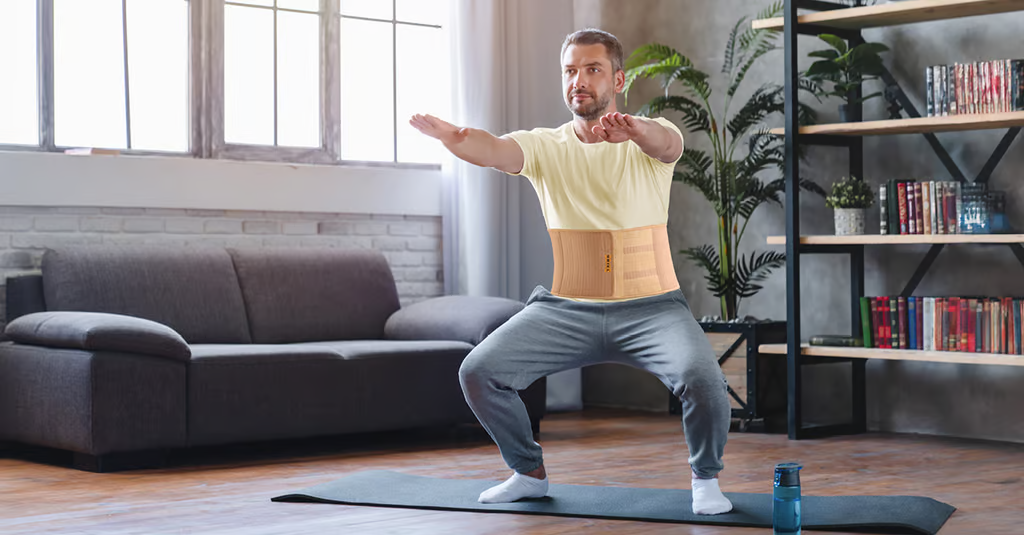
Treating Lower Back Pain: 6 Tips to Improve Quality of Life
Suffering from lower back pain? You are definitely not alone. There are many ways to deal with one of the most common pains in the world, here are some of them. It's time to relieve the pain.

The Secret to a Healthy Back: The Complete Guide to Improving Posture and Alleviating Back Pain
Is back health important to you? Get the 'Secret of a Healthy Back' guide containing information, tips and useful advice for relieving back pain. By Oriya Moran, Chief Physiotherapist Download t...

Kinesio tape or professional elastic bandage?
Suffering from sports injuries, bruises or simply pain caused by medical problems? Get to know the variety of dressing products that will support you. When should we use kinesiology tape and why d...
